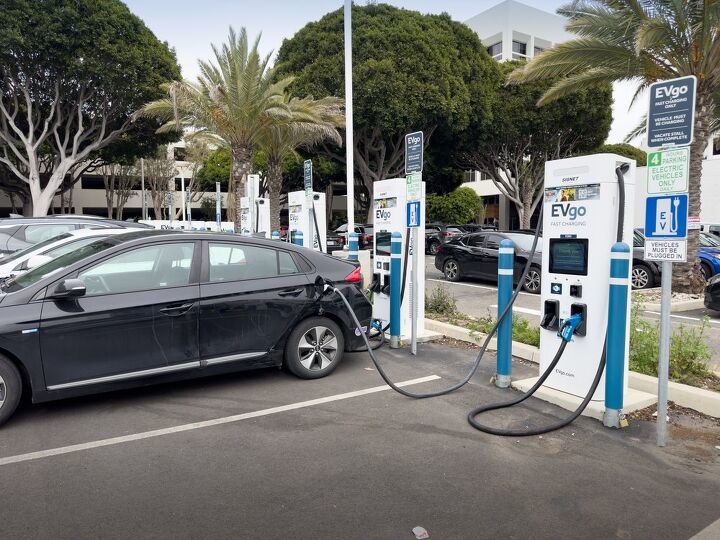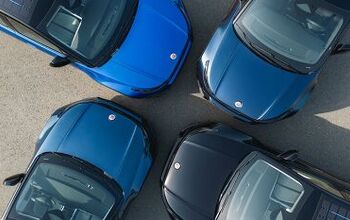Eating, Shopping, Charging: The New Normal for EV Owners, Says Survey
A recent survey conducted by FLO, a prominent North American electric vehicle (EV) charging network and smart charging solutions provider, has shed light on the preferences and behaviors of EV drivers, particularly regarding their charging habits. FLO's insights come from feedback collected from nearly 40,000 EV users across the United States and Canada, offering a comprehensive look at how EV drivers approach charging, especially for extended travel.
Fast Chargers: A Necessity for Long Trips
A significant portion of EV drivers, with 42 percent of surveyed individuals, reported using DC fast chargers at least once a month. Furthermore, 60 percent of respondents rely on these fast chargers for longer or multi-city journeys, underscoring the importance of these chargers in facilitating extended travel for EV owners.
Activities During Charging
Charging time is an opportunity for drivers to engage in various activities, with 51 percent utilizing on-site amenities while waiting. The survey revealed a strong preference for dining or purchasing refreshments, with 60 percent of respondents choosing to eat during their charging time. Meanwhile, 19 percent take advantage of this time to visit nearby retail stores for shopping, indicating that charging stations are becoming hubs of activity rather than just utility locations.
The Need for Reliable Public Charging Infrastructure
The findings also highlighted a gap in home charging availability, with 29 percent of EV owners lacking a home charging station. This fact emphasizes the necessity for a dependable public charging infrastructure to support EV owners without private charging options.
A Diverse Charging Ecosystem
EV drivers demonstrate varied charging practices, with 35 percent primarily using Level 2 stations and 27 percent favoring DC fast charging stations. An additional 31 percent utilize a mix of both types. This diversity points to the need for a versatile charging network that caters to different charging needs, whether for quick recharges or longer stays.
EV Driving Patterns
Most EV owners stick to local travel, with Canadian and American respondents reporting weekly distances that easily fall within the range of a single overnight charge. This pattern indicates that, for many, the current charging infrastructure and vehicle capabilities meet their regular transportation needs.
Louis Tremblay, President and CEO of FLO, highlighted the survey's role in informing the expansion of FLO's charging network, designed to enhance the charging experience for EV drivers by ensuring access to charging at various locations, including work, home, or on the road. The survey's outcomes are guiding the deployment of the FLO Ultra charger, a high-power, dual-port charger capable of delivering up to 320 kW of power, promising most new EVs an 80 percent charge in just 15 minutes.
This initiative by FLO not only promises to expand the accessibility of fast charging across North America but also to integrate charging stations into businesses, providing a valuable amenity to customers without the associated costs and logistical challenges of charger ownership.
This article was co-written using AI and was then heavily edited and optimized by our editorial team.
More by TTAC Staff
Latest Car Reviews
Read moreLatest Product Reviews
Read moreRecent Comments
- Rover Sig 2021 Jeep Grand Cherokee Limited, like my previous JGC's cheap to keep (essentially just oil, tires) until recent episode of clunking in front suspension at 50K miles led to $3000 of parts replaced over fives visits to two Jeep dealers which finally bought a quiet front end. Most expensive repair on any vehicle I've owned in the last 56 years.
- Bob Hey Tassos, have you seen it with top down. It's a permanent roll bar so if it flips no problem. It's the only car with one permanently there. So shoots down your issue. I had a 1998 for 10 years it was perfect, but yes slow. Hardly ever see any of them anymore.
- 3-On-The-Tree 2007 Toyota Sienna bedsides new plugs, flat tire on I-10 in van Horn Tx on the way to Fort Huachuca.2021 Tundra Crewmax no issues2021 Rav 4 no issues2010 Corolla I put in a alternator in Mar1985 Toyota Land Cruiser FJ60 280,000mi I put in a new radiator back in 08 before I deployed, did a valve job, new fuel and oil pump. Leaky rear main seal, transmission, transfer case. Rebuild carb twice, had a recall on the gas tank surprisingly in 2010 at 25 years later.2014 Ford F159 Ecoboost 3.5L by 80,000mi went through both turbos, driver side leaking, passenger side completely replaced. Rear min seal leak once at 50,000 second at 80,000. And last was a timing chain cover leak.2009 C6 Corvette LS3 Base, I put in a new radiator in 2021.
- ChristianWimmer 2018 Mercedes A250 AMG Line (W177) - no issues or unscheduled dealer visits. Regular maintenance at the dealer once a year costs between 400,- Euros (standard service) to 1200,- Euros (major service, new spark plugs, brake pads + TÜV). Had one recall where they had to fix an A/C hose which might become loose. Great car and fun to drive and very economical but also fast. Recently gave it an “Italian tune up” on the Autobahn.
- Bd2 Lexus is just a higher trim package Toyota. ^^


































Comments
Join the conversation